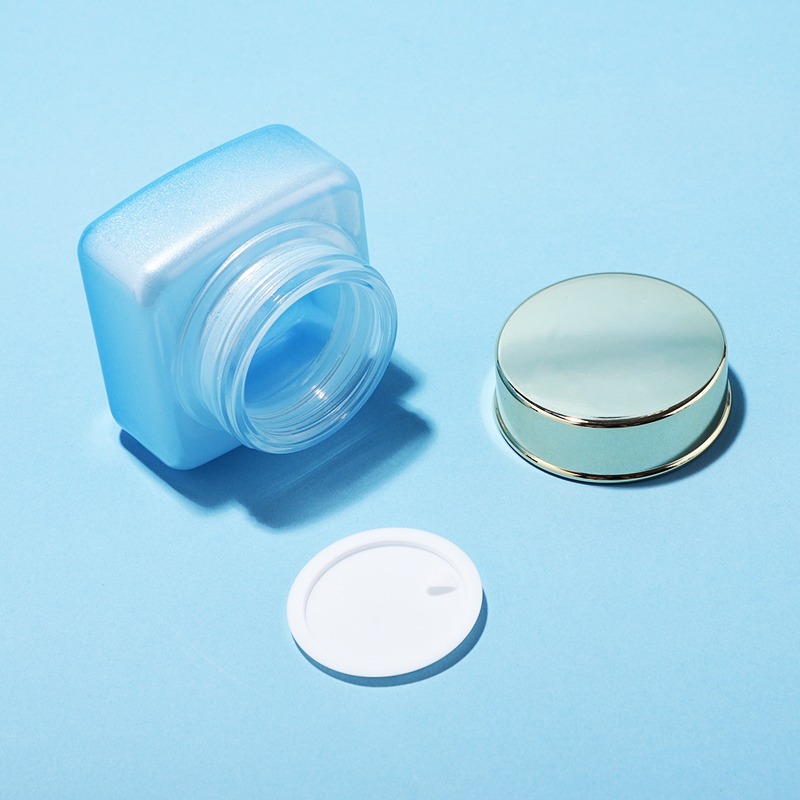Skincare products are an integral part of our daily lives, and packaging, as an important part of skin care products, plays an important role in protecting the products and extending their shelf life. However, have you ever thought about how your health and the quality of the product will be affected if the packaging is not compatible with the product?
1. Purpose of packaging compatibility testing
To ensure that skincare packaging does not negatively affect the stability and safety of the product, packaging compatibility testing is particularly important. This test is designed to:
Protect consumer health by evaluating whether packaging materials release hazardous substances;
Ensure that the packaging does not cause deterioration or degradation of the product, thus maintaining product quality;
2. Types of skin care packaging compatibility testing
Chemical compatibility: assess the chemical interaction between the packaging material and the product, including possible reactions, solubility, and possible release of hazardous substances. Chemical incompatibility is manifested by changes in the appearance and odor of the packaging material or cosmetic product, e.g. yellowing of the material and yellowing of the pink packaging material;
Biocompatibility: some substances in packaging materials migrate to cosmetics, resulting in the dissolution of harmful substances exceeding the amount of cosmetics sold in the country of the relevant cosmetic hygiene standards or norms; for example, a variety of plastic additives, residual solvents, volatile organic compounds, and harmful metal elements have a detrimental effect on the user.
Physical compatibility: consider the stability of packaging materials in different temperatures, humidity, and light conditions, as well as the interaction with the product to ensure that the performance of the packaging in different environments is in line with requirements
3. General practice of compatibility testing
(1) General compatibility test:
After weighing the weight of empty packages, the contents are filled, and then assembled according to the process requirements and standards, and at the same time weighed again, the assembled samples are placed in groups in the following different test environments:
Test environment: -20°C, 4°C, 23°C, 40°C, 50°C, mild, cyclic thermal shock, 95% humidity, 30°C.
Duration: 4-8 weeks or more
(2) Stress cracking test:
Apply contents at the assembly stress position of the samples, then assemble them according to the standard assembly force, and place the assembled samples in groups into different test environments as follows:
Test environment: 23°C, 40°C, 50°C
Duration: 4-8 weeks or longer cycles
(3) Post-processing compatibility test:
Apply a layer of content to the outer surface of the sample where the post-processing to be tested is to be applied, and then place the samples in groups in different test environments as follows:
Test environment: 23°C, 40°C, cyclic thermal shock, 95% humidity, 30°C
Duration: 10 days
At the end of the test cycle, the samples are evaluated and documented for package appearance, some mechanical property data, content weight loss, stress rupture condition, aging condition, color migration, fragrance stability, content condition, and more.

Skin care packaging compatibility testing is not only an important means to protect consumer health and product quality, but also an important safeguard for the sustainable development of the skin care industry. We look forward to stricter testing standards and more advanced testing technology in the future to bring consumers safer and more reliable skin care products.